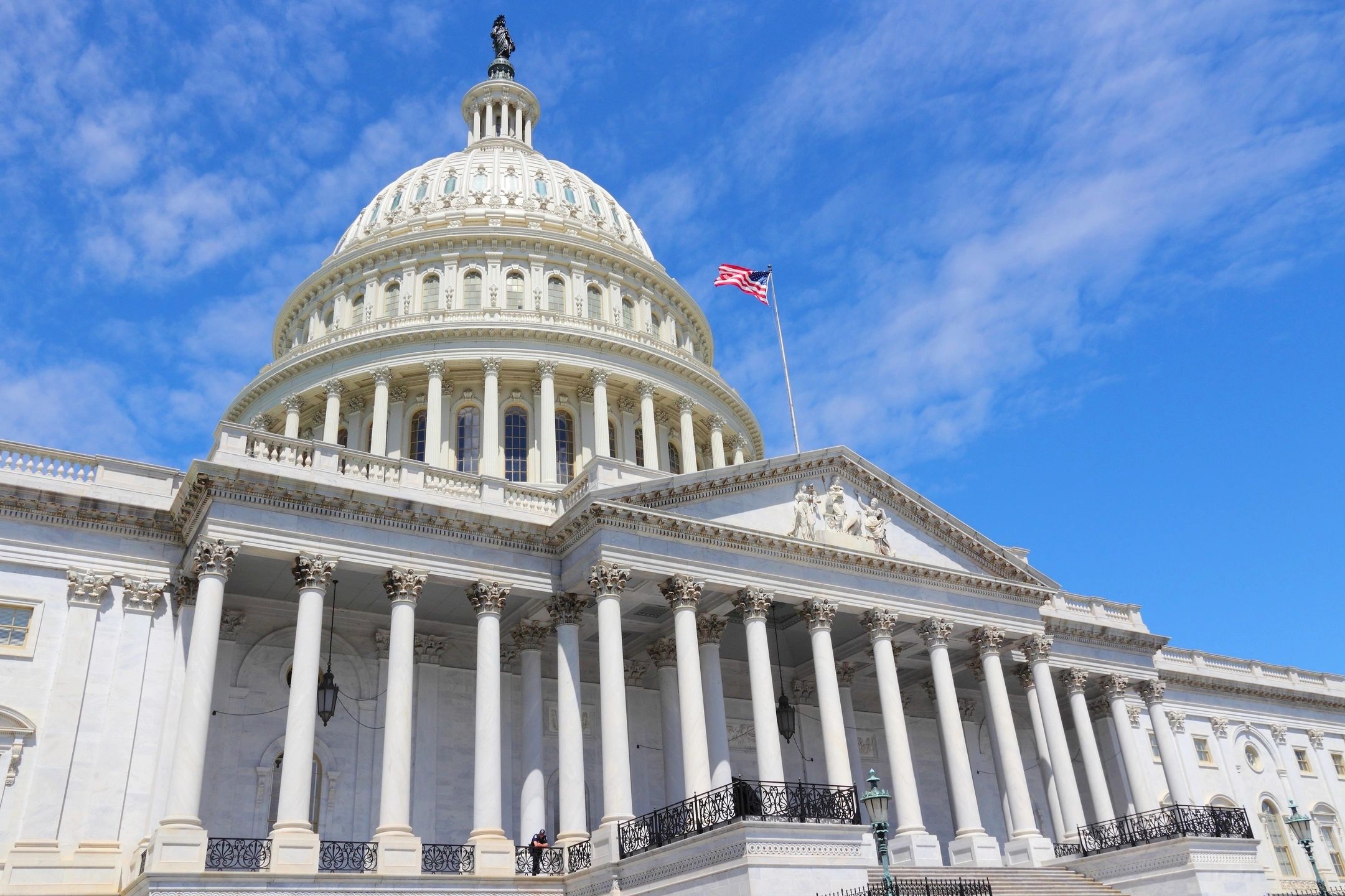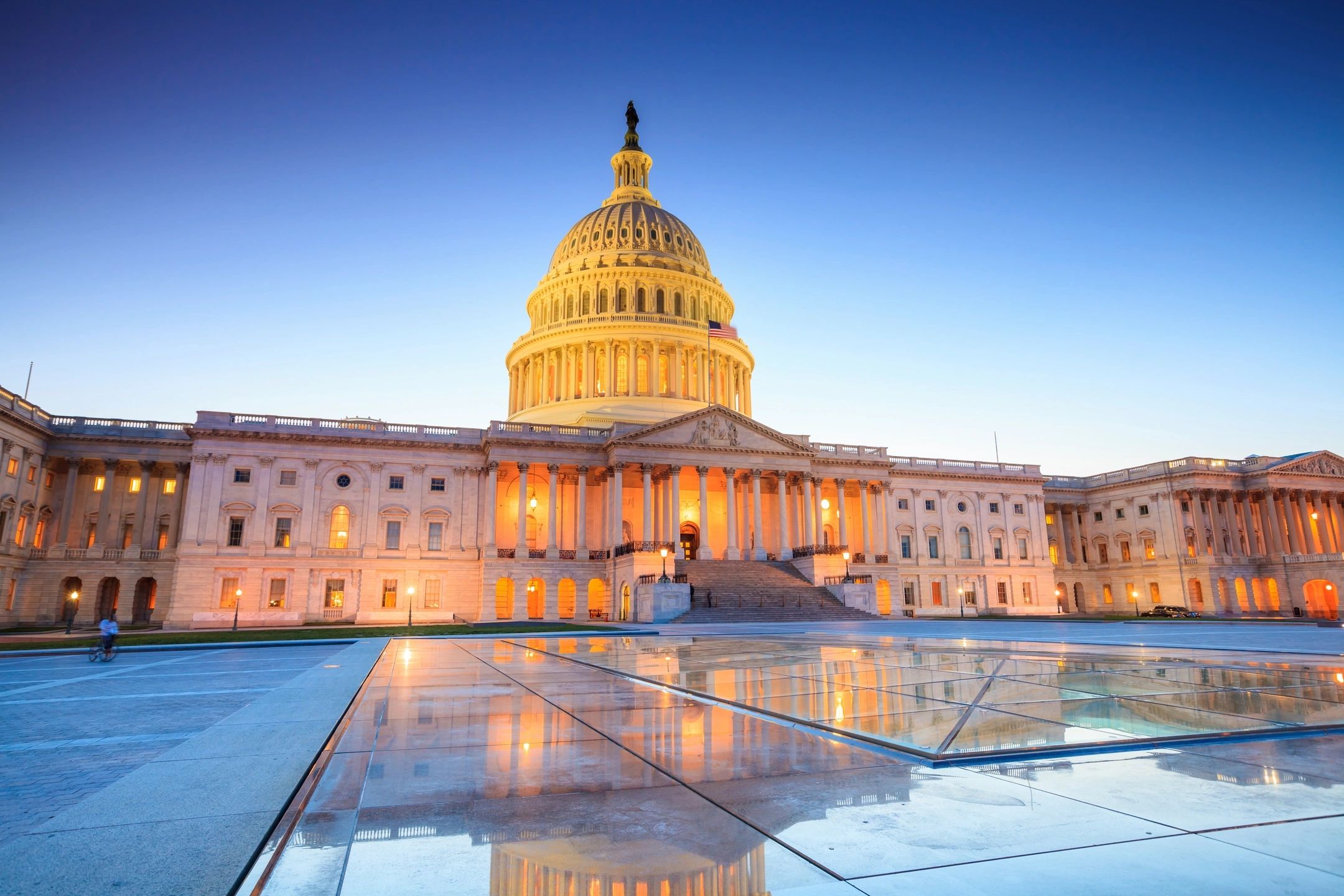DOL Revises FFCRA Leave Rules
In response to a court ruling in early August that invalidated certain regulations by the U.S. Department of Labor (DOL) related to leave under the Families First Coronavirus Response Act, the DOL has released revised regulations. The changes, or lack of changes, are outlined below. The revisions take effect when they are published in the Federal Register, which is scheduled for September 16.
Definition of Health Care Provider
The definition of health care provider, for purposes of whom an employer can deny leave to, is revised to include physicians and others who make medical diagnoses (the same as under traditional FMLA); employees who provide diagnostic services, preventive services, treatment services, or other services necessary for patient care; and employees who provide services that, if not provided, would adversely affect patient care.
This definition is narrower than in the previous rule. For example, nurse assistants and laboratory technicians who process test results are considered health care providers, but IT workers at a hospital and medical billers are not.
Documentation Prior to Leave
Employers may require that employees provide documentation to support their need for leave as soon as practicable.
The former rule said that employers could require documentation before the leave started, which isn’t always practical.
Leave During a Furlough or Business Closure
Emergency Paid Sick Leave (EPSL) and Emergency FMLA (EFMLA) are still available only if an employer has work available for them during the time that they need the leave.
This is the same rule as before; the DOL just explained its reasoning.
Approval for Intermittent Leave for Childcare
Employees still must get approval from their employer to use intermittent leave. However, the DOL has made it clear that leave is not considered intermittent if a school or daycare is closed on certain days or half days. For example, if the employee’s child’s school has a hybrid schedule with in-person classes on Tuesdays and Thursdays, but remote learning on Mondays, Wednesdays, and Fridays, then the employee would need leave on Mondays, Wednesdays, and Fridays, with each day being a separate leave event. In other words, the employee is not requesting intermittent leave in this scenario, so they do not need their employer’s consent.
This is the same rule as before; the DOL just explained its reasoning and provided some clarification.







Reply a Comment